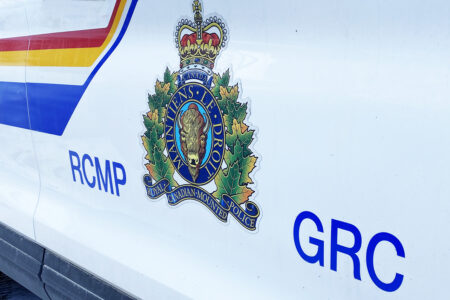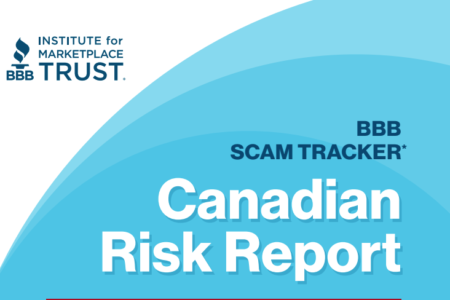BC Election 'too close to call'
A new Ipsos poll conducted using a dual online and phone methodology reveals an election that remains tight and too close to call.
The poll, which concluded Saturday May 6th, has the NDP (40%) and Liberals (39%) in a statistical dead heat among decided voters. The Green Party has 17% support, while 4% support other parties. These results exclude the 16% of British Columbians who are undecided or express no preference.
There have been some shifts since our post debate poll (Apr 27-30) released one week ago today that also showed a very close race. The Greens are the party on the rise (up 3 points from 14%), while the Liberals have seen the most decline (down 4 points from 43%). The NDP are down one point from a week ago (from 41%). The level of undecided/no preference has dropped a little as well (down 4 points from 20%).
The popular vote is too close to call, and making a seat prediction is even more precarious. Popular vote often does not correlate well with seat outcomes. Regional trends don’t impact ridings equally. At a riding level, incumbency has an impact and so does the Get Out the Vote efforts of the parties.
The biggest factor on Election Day (and advance polls) is which voters actually turn up to cast their ballot. With more than four-in-ten voters choosing to abstain in the past few BC elections, this can have a substantial impact on the results.
In 2013 it was clear that BC Liberals, fearing an NDP victory, turned out, while NDP voters, especially younger NDP voters, did not. Our current vote turnout model suggests that the BC Liberals will benefit from a lower voter turnout and that the popular vote remains close as turnout goes up.
As in 2013, the BC Liberals lead with older voters (by 6 points among 55+ years) and the NDP leads among younger voters (by 9 points among 18-34 years). However, adjusting the poll results for age turnout from the last election only makes things tighter (40% Liberal, 40% NDP). And as the federal election showed, past turnout is not always a good predictor of future turnout.
As in past elections, Green vote is the softest. Green voters are just as likely as other voters to say they will vote (74% rate 10 on a 10 point scale vs. 71% Liberals, 73% NDP), but they are less likely to say their mind is made up (55% 9-10 vs. 67% Liberal, 64% NDP) and less likely to think their vote really matters in this election (44% 9-10 vs. 57% Liberal, 57% NDP).
A Green shift, assuming they do vote, is most likely to benefit the NDP as Green voters throughout the campaign have preferred the NDP over the Liberals by a wide margin as their second choice.
BC voters head to the polls Tuesday, May 9 to elect the next to the Legislative Assembly in Victoria.
























